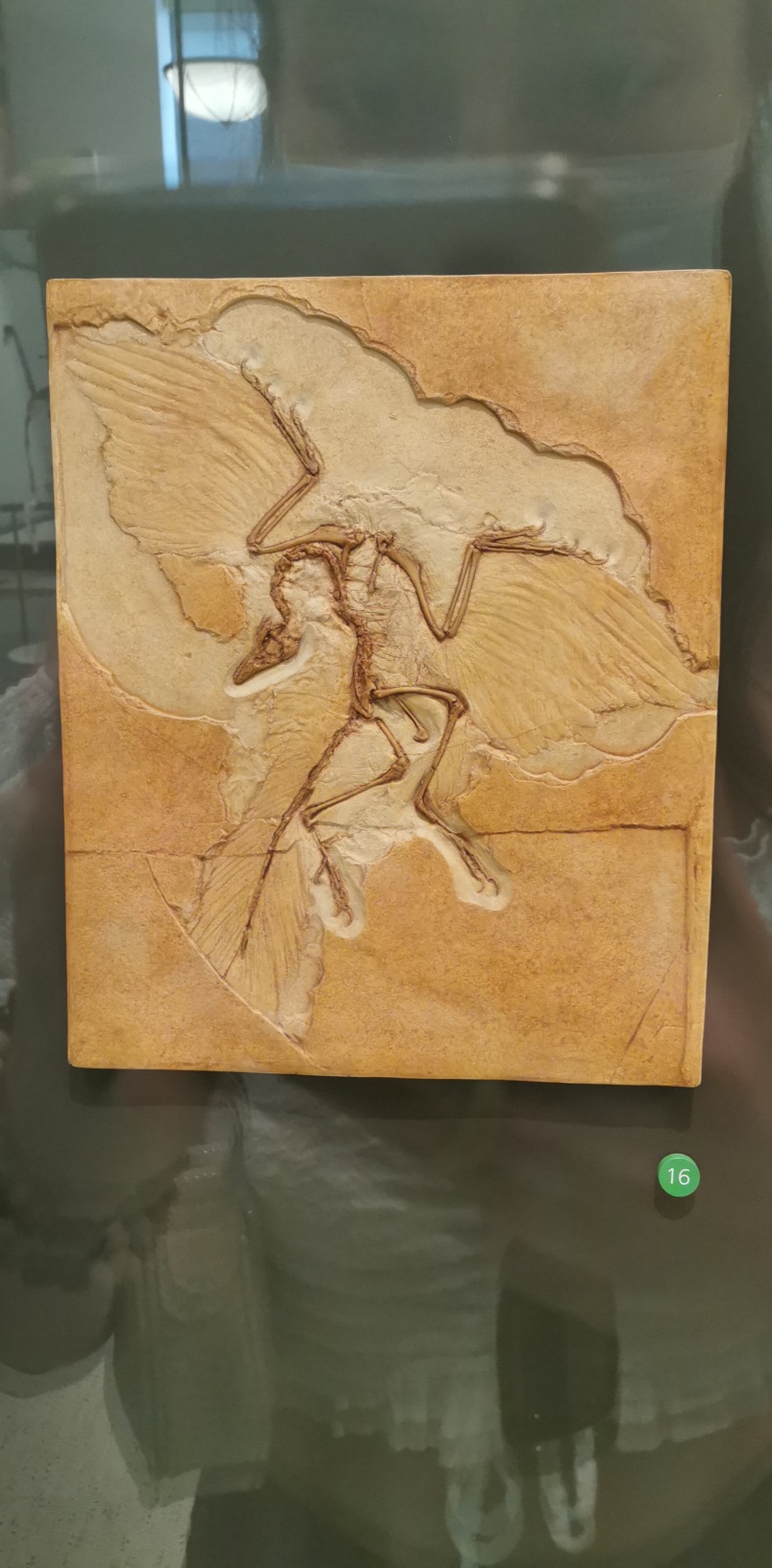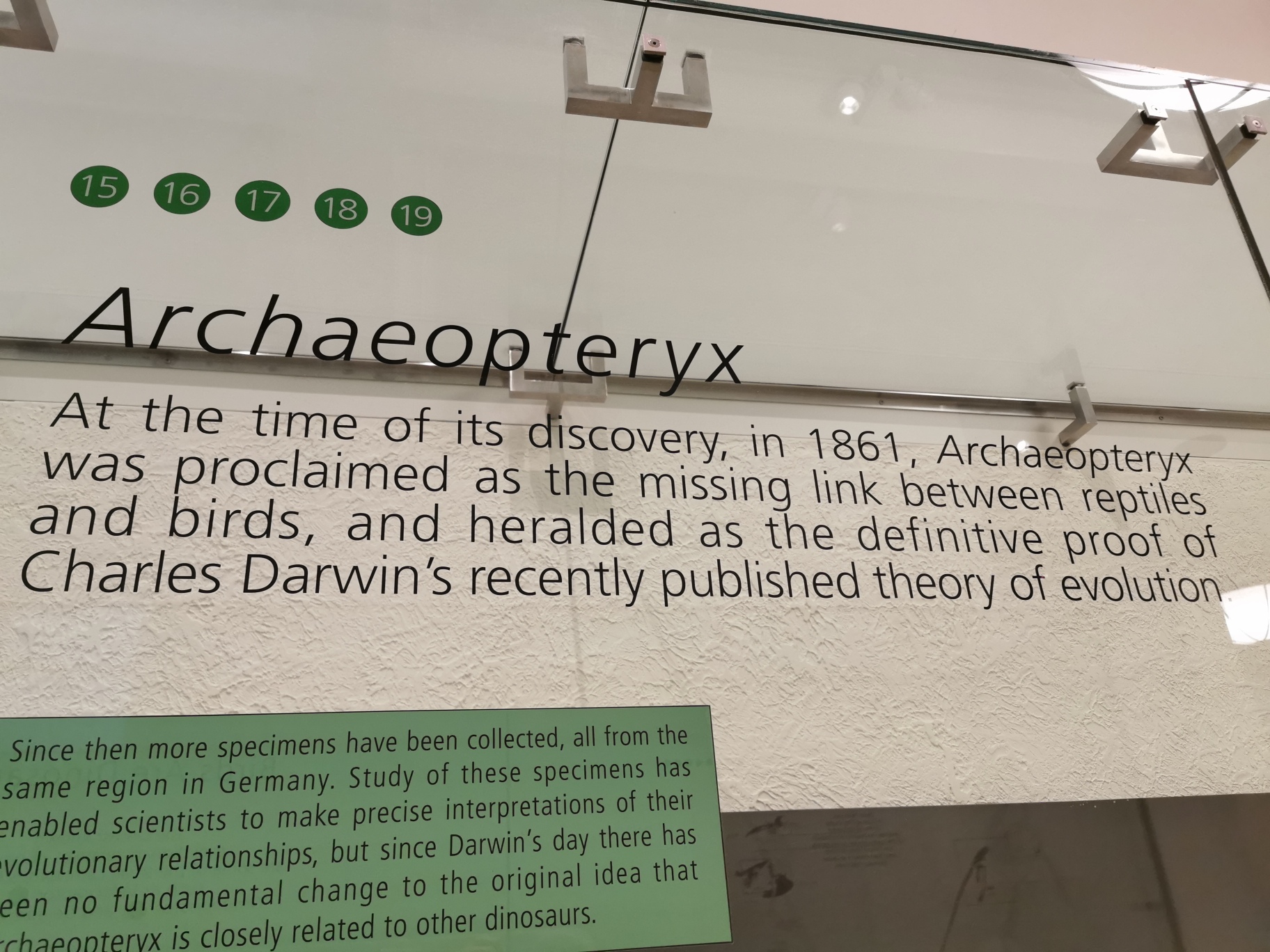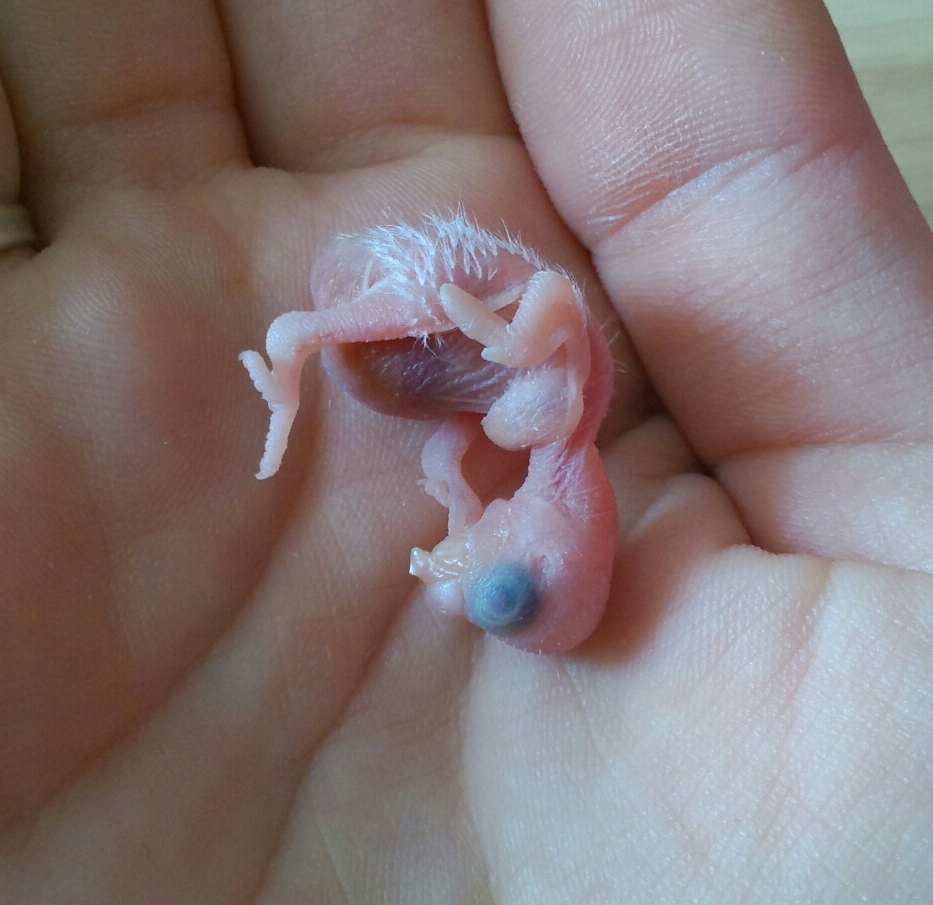The Science Of Budgie Feathers
Budgerigars, also known as budgies or parakeets, undergo molting as a natural part of their life cycle. Molting is the process in which birds shed their old feathers and grow new ones. It allows them to replace damaged or worn-out feathers, maintain their feather quality, and ensure optimal flight and insulation.
Feathers are intricate structures that are unique to birds and play a crucial role in their survival and adaptation. They are composed primarily of keratin, a protein found in the outer layer of the skin. Feathers are highly specialized and possess various structural components that contribute to their function.
The basic unit of a feather is called the barb. Barbules, which are minute branches, extend from each barb. These barbules have tiny hooks called barbicels, which interlock with neighboring barbules, creating a tightly knit structure. This interlocking arrangement gives feathers their characteristic strength and durability.
Feathers serve multiple purposes for birds. Flight feathers, such as the primary and secondary feathers on the wings, are essential for generating lift and thrust during flight. They are long, sturdy, and asymmetrically shaped, allowing for efficient airfoil formation. These flight feathers also contribute to maneuverability and stability in the air.
Contour feathers are the large, evenly distributed feathers that cover a bird's body. They provide insulation, streamline the body, and contribute to the bird's overall shape. Contour feathers can vary in size, shape, and color, helping with camouflage and species recognition. Down feathers, on the other hand, are soft and fluffy and are primarily responsible for insulation, keeping the bird warm by trapping air close to the body.
Feathers also play a role in communication and display. Display feathers, such as crests, plumes, and elongated tail feathers, are often brightly colored and used during courtship rituals or to establish dominance. These elaborate feathers are not essential for flight but serve as visual signals to attract mates or establish social hierarchies.
Feathers undergo a process called molting, where old feathers are shed and replaced with new ones. Molting is a complex physiological process regulated by hormonal changes. It allows birds to replace damaged or worn feathers, maintain feather quality, and adapt to changing environmental conditions. Molting typically occurs in a cyclical manner, with timing varying among species and individuals.
The growth of new feathers during molting is initiated from feather follicles embedded in the bird's skin. These follicles contain actively dividing cells that produce the feather's structure. As the new feathers grow, they are nourished by blood vessels within the follicles. Initially, developing feathers are enclosed in protective sheaths called pin feathers. Once fully developed, the sheaths break open, and the feathers unfurl, revealing their colorful and functional structure.
Feathers require regular maintenance to remain in optimal condition. Birds engage in preening behaviors to clean, realign, and waterproof their feathers. They use their beaks to remove dirt, parasites, and debris, and distribute natural oils produced by the uropygial gland. This oil helps keep feathers flexible, water-resistant, and prevents them from becoming brittle.
In summary, feathers are complex and multifunctional structures that are essential for birds. They enable flight, provide insulation, aid in communication and display, contribute to camouflage, and undergo cyclic molting to ensure continuous feather renewal. Feathers are marvels of biological engineering, combining strength, flexibility, and intricate interlocking structures that allow birds to thrive in diverse habitats and fulfill their unique ecological roles.
The Evolution Of Bird Feathers And the ''First'' Bird
The evolution of feathers is a fascinating topic that scientists are still actively studying and exploring. While the exact origin and development of feathers are not fully understood, there are several theories supported by evidence and research.
Feathers are inherently what makes a bird a bird, yet their nature and origin have long mystified some of history’s brightest minds, from Aristotle to Newton. Today’s scientists are trying to better understand how and why jays glow so blue, parrots so green, flamingoes so pink. Using such high-tech tools as electron microscopy and high-speed video, they’ve been learning that feathers are multitaskers, carrying out multiple jobs simultaneously. They’re flight surface, rain jacket, and courting outfit. They’re a barometer of what a bird has been eating and how it has been living. In some cases they comprise a potent preventive medicine. Much of what we’ve always loved about this delicate medium through which birds meet the world is precisely what meets the eye—yet much of what we can learn to appreciate about them, it turns out, lies just a little beyond our normal range of vision.
Feathers are believed to have evolved from reptilian scales, possibly through a process called exaptation, where pre-existing structures are co-opted for new functions. The scales of reptiles and the scales covering the skin of some modern birds have similarities in their embryonic development, suggesting a shared ancestry. One prominent theory is the "fringe hypothesis" proposed by paleontologist Richard Prum. According to this hypothesis, early feathers initially developed as fringed scales or elongated filaments. These structures may have provided insulation, camouflage, or possibly played a role in display and communication. Over time, through genetic and selective processes, these filaments became more complex, branching out and forming the branching structure characteristic of modern feathers.
Fossil evidence provides valuable insights into the development of feathers. The discovery of several exceptionally preserved fossils, such as Archaeopteryx and various feathered dinosaurs, has provided important clues about feather evolution. These fossils show the presence of simple filament-like structures, suggesting an intermediate stage between scales and modern feathers.
 Archaeopteryx (lit. 'old-wing'), sometimes referred to by its German name, "Urvogel" (lit. Primeval Bird), is a genus of avian dinosaurs. Replica. (American Museum of Natural History, NYC.)
Archaeopteryx (lit. 'old-wing'), sometimes referred to by its German name, "Urvogel" (lit. Primeval Bird), is a genus of avian dinosaurs. Replica. (American Museum of Natural History, NYC.)

American Museum of Natural History, NYC.
Another line of evidence comes from the study of modern birds and their embryonic development. During embryogenesis, bird embryos first develop a downy coat of simple, hair-like feathers called "protofeathers." These protofeathers are later replaced by more complex feathers as the bird develops.
 One day old Azure with protofeathers.
One day old Azure with protofeathers.
Genetic studies have also shed light on the development of feathers. Research has identified specific genes and signaling pathways involved in feather formation, such as the "feather growth factor" gene and the "sonic hedgehog" signaling pathway. These genetic mechanisms play crucial roles in regulating the growth and patterning of feathers during development.
It's important to note that the development of feathers was likely a gradual process that occurred over millions of years, with many intermediate stages and variations. Feathers would have provided selective advantages, such as improved insulation, increased maneuverability, or enhanced displays, driving their further evolution and diversification.
Dinosaurs are now widely believed to have had feathers. The discovery of feathered dinosaur fossils has significantly reshaped our understanding of dinosaur appearance and evolution. Initially, dinosaurs were commonly depicted as scaly reptilian creatures, but the discovery of several exceptionally preserved fossils, particularly those from the theropod group of dinosaurs, has provided clear evidence of feathers or feather-like structures. Feathers have been found in various dinosaur species, including the famous Velociraptor, Tyrannosaurus rex, and even large, long-necked dinosaurs like the sauropods. These feathered dinosaur fossils exhibit different types of feathers, ranging from simple filaments and down-like structures to more complex feathers with barbs and barbules.
The presence of feathers in dinosaurs suggests that feathers likely evolved from an earlier structure, such as reptilian scales, and were repurposed for various functions in dinosaurs. Feathers would have provided insulation, communication, camouflage, and possibly even aided in flight or gliding in some dinosaur species. The discovery of feathered dinosaurs has also contributed to our understanding of the evolutionary link between dinosaurs and modern birds. Birds are considered to be the direct descendants of certain theropod dinosaurs. The similarities in bone structure, skeletal features, and the presence of feathers in both birds and some dinosaurs provide strong evidence for this evolutionary relationship.
Not all dinosaurs had feathers. Some dinosaur groups, particularly those classified as non-avian dinosaurs, are believed to have retained scales or other types of integument. However, the evidence of feathers in many dinosaur species has significantly expanded our knowledge of dinosaur diversity and challenges previous assumptions about their appearance and biology. Archaeopteryx is an extinct genus of bird-like dinosaurs that lived during the Late Jurassic period, approximately 150 million years ago. It is considered one of the earliest and most primitive known birds. The name "Archaeopteryx" means "ancient wing" in Greek, reflecting its transitional nature between feathered dinosaurs and modern birds.
Archaeopteryx had a unique combination of reptilian and avian features. It possessed feathers, similar to modern birds, which suggests that it was capable of powered flight. However, it also retained several dinosaur-like characteristics, such as teeth, a long bony tail, and claws on its wings. The fossilized remains of Archaeopteryx have been crucial in understanding the evolutionary link between dinosaurs and birds. The first specimen was discovered in Germany in 1861 and sparked a significant debate about the origin of birds. Today, several well-preserved Archaeopteryx fossils have been found, providing valuable insights into its anatomy and biology.
Archaeopteryx was approximately the size of a raven, with a length of about 0.5 meters (1.6 feet). Its body was covered in feathers, which were asymmetric and likely provided some aerodynamic capabilities for flight. The wings of Archaeopteryx were well-developed, but its flight capabilities might have been limited compared to modern birds.
In addition to its flight-related features, Archaeopteryx had other dinosaur-like traits. It had sharp teeth and a bony tail, which likely helped with balance and stability during flight. The presence of claws on its wings suggests that it may have used them for climbing or grasping tree branches. Archaeopteryx occupies a crucial place in the study of avian evolution, providing evidence for the transition between dinosaurs and birds. Its fossil remains have contributed significantly to our understanding of how flight evolved and the anatomical changes that occurred during this process.
Why Does Molting Occur In Budgies?
Budgies molt for several reasons that are vital for their overall health, survival, and adaptation to their environment. The primary purpose of molting is to replace old, damaged, or worn-out feathers. Feathers play crucial roles in a bird's life, including flight, insulation, camouflage, and courtship displays. Over time, feathers become worn due to exposure to the elements, physical activities, and interactions with other birds or the environment. Molting provides an opportunity for birds to shed these deteriorating feathers and grow new ones.
Feather growth and development are ongoing processes in birds. Feathers are composed of keratin, a protein found in the outer layer of the skin. As birds grow, their feathers also need to grow. Molting allows for the continuous cycle of feather growth, ensuring that the feathers remain in optimal condition. This process occurs from specialized structures called feather follicles embedded in the bird's skin. By shedding old feathers and growing new ones, birds can maintain the structural integrity and functionality of their feathers.
Seasonal adaptations also drive molt in many bird species. Birds molt in response to changing environmental conditions. For instance, some birds molt during the transition from breeding to non-breeding seasons or vice versa. This molt helps them adapt to different climates, food availability, and breeding requirements. Feathers may change in color or pattern to provide better camouflage or attract mates during breeding seasons, enhancing the bird's chances of survival and reproductive success.
Flight efficiency is another crucial factor behind molting. Feathers are essential for flight, providing lift, maneuverability, and stability. Damaged or worn feathers can compromise a bird's ability to fly effectively. Through molting, birds can replace these feathers, ensuring that they maintain optimal flight capabilities. This is particularly important for migratory species that rely on long-distance flights to find suitable habitats and resources.
Molting also contributes to a bird's overall health and hygiene. Feathers require regular maintenance and care to remain in good condition. Molting allows birds to shed feathers that may be infested with parasites, bacteria, or fungi. Additionally, molting helps remove excess oil, dirt, and debris that can accumulate on feathers. Birds engage in preening behaviors during molting, using their beaks to groom and realign the feathers, remove dirt, and distribute natural oils produced by the uropygial gland. This grooming process ensures that the new feathers are clean, healthy, and properly aligned. Through molting, birds can continuously renew and optimize their feather cover, ensuring their survival, reproductive success, and ability to navigate their natural habitats.
-
Timing: Molting in budgerigars occurs once or twice a year, typically during late summer or early autumn. However, the exact timing can vary depending on factors such as the bird's age, health, diet, and environmental conditions. Young budgies may experience their first molt at around 3 to 4 months of age.
-
Molting Phases: The molting process consists of different phases, and each phase serves a specific purpose.
a. Pre-Molt: Before molting begins, budgerigars may experience a pre-molt phase. During this period, you might notice behavioral changes such as increased restlessness, reduced singing, and increased preening activity. These signs indicate that the bird is preparing for the upcoming molt.
b. Feather Loss: Once the molt starts, budgies begin to shed their old feathers. This process can take several weeks to complete. Feathers are typically shed symmetrically, meaning that both wings, tail feathers, and body feathers are molted simultaneously.
c. Feather Regrowth: After shedding the old feathers, new ones start to grow. Feather regrowth occurs from feather follicles embedded in the bird's skin. The growth rate can vary, but generally, it takes a few weeks for new feathers to fully develop. During this period, you may notice small, pin-like structures called "pin feathers" emerging from the follicles.
d. Pin Feather Development: Pin feathers are the developing feathers covered by a keratin sheath. They appear as white or pale-colored spikes on the bird's body. As the pin feathers grow, blood vessels nourish them, and they gradually unfurl, revealing the new feather's colorful structure. At this stage, the budgie may be sensitive or irritable, so it's important to handle them gently.
e. Feather Hardening: Once the new feathers have unfurled completely, they undergo a process known as "hardening." During this phase, the feather shafts become more rigid, allowing the feathers to provide better insulation and support for flight.
-
Nutritional Requirements: Molting is an energy-intensive process that demands proper nutrition. During this time, budgerigars require a well-balanced diet to support feather growth. Ensure they have access to high-quality seed mixes, fresh fruits, vegetables, and a source of calcium, such as cuttlebone or mineral blocks. Adequate hydration is also essential, so clean water should always be available.
-
Preening: Budgerigars engage in preening behaviors to maintain their feather quality. Preening involves using the beak to groom and realign the feathers, removing dirt, oil, and debris. It also helps in distributing natural oils produced by the uropygial gland, which waterproofs and conditions the feathers. During molting, birds may increase their preening activity to remove sheaths from developing feathers and maintain feather health.
-
Patience and Support: Molting can be physically and emotionally taxing for budgerigars. They may experience some discomfort and sensitivity due to the presence of developing pin feathers. It's essential to provide a calm and stress-free environment during this period. Avoid excessive handling or sudden changes in the bird's routine.
-
Abnormal Molting: While molting is a natural process, certain conditions can affect the molting pattern or indicate underlying health issues.
Effects Of Molting On Your Budgie's Mood
Molting can have an impact on a budgie's mood and behavior. While not all budgies experience significant mood changes during molting, some individuals may display variations in temperament and behavior. Here are some ways molting can influence a budgie's mood:
-
Discomfort: Molting can cause discomfort for budgies. The process of shedding old feathers and growing new ones can be accompanied by itching, sensitivity, and even pain. The discomfort can make a budgie feel irritable or less inclined to engage in typical activities.
-
Restlessness: Budgies may feel restless during molting due to the discomfort and itchiness associated with growing new feathers. They may exhibit increased fidgeting, restlessness, or pacing in an attempt to alleviate the sensations they are experiencing.
-
Irritability: The physical discomfort of molting can make budgies more irritable or easily agitated. They may be less tolerant of handling, prefer to be left alone, or show signs of being more defensive or nippy during this period.
-
Reduced activity: Some budgies may become less active during molting. The discomfort and energy required for feather growth can lead to decreased activity levels. They may spend more time resting, perched quietly, or exhibit reduced interest in toys or playtime.
-
Changes in vocalization: Budgies going through molting may exhibit changes in their vocalization patterns. Some budgies may sing less or become quieter, possibly due to discomfort or a shift in energy focus toward feather growth rather than vocalizing.
-
Decreased social interaction: Budgies undergoing molting may show reduced interest in social interaction. They may be less inclined to engage with their human caregivers or other budgies in the household. This withdrawal could be a response to discomfort or a natural instinct to conserve energy during the molting process.
Not all budgies will exhibit significant mood changes during molting. Some individuals may go through the process without noticeable alterations in behavior or temperament. Additionally, each budgie is unique, and the degree of mood change during molting can vary from bird to bird. Providing a calm and supportive environment, offering opportunities for preening and grooming, and ensuring a balanced diet with proper nutrition can help minimize any discomfort and support the budgie's well-being during the molting process.
How Can You Help Your Budgie During a Molt?
Helping budgies during the molting process involves providing them with a supportive environment and ensuring their overall well-being. Here are some ways you can assist your budgies during molt:
-
Balanced diet: A nutritious diet is crucial during molting as it provides the necessary nutrients for feather growth and overall health. Ensure that your budgies have access to a well-balanced diet that includes a variety of fresh vegetables, fruits, high-quality pellets, and seeds. Consult with an avian veterinarian or avian nutritionist to determine the specific dietary needs of your budgies during molt.
-
Adequate hydration: Hydration is essential for feather growth and overall health. Provide your budgies with fresh, clean water at all times. Regularly check and clean their water containers to ensure they have access to fresh water throughout the day.
-
Bathing opportunities: Bathing can help soothe the skin and feathers during molt. Offer your budgies a shallow dish of lukewarm water or mist them with a fine spray bottle to encourage them to bathe. Some budgies may prefer to bathe daily, while others may enjoy it less frequently. Observe their preferences and adjust bathing opportunities accordingly.
-
Gentle handling and interaction: During molt, budgies may be more sensitive or irritable. Practice gentle handling and avoid excessive stress or rough interactions. Allow them to retreat to a quiet and safe space if they prefer solitude during this time.
-
Environmental considerations: Ensure that the temperature and humidity levels in the budgies' environment are suitable for molting. Avoid exposing them to drafts or extreme temperature fluctuations. If needed, provide additional warmth or humidity using safe heating or humidifying methods.
-
Provide opportunities for preening: Preening is an essential activity for budgies during molt. Offer them suitable materials, such as clean and safe branches or toys, that they can use for preening and grooming. This helps them remove keratin sheaths from emerging feathers and maintain feather quality.
-
Monitor for health issues: Keep a close eye on your budgies during molt. While some feather loss is normal, excessive feather loss, bald spots, bleeding, or signs of discomfort may indicate underlying health issues. If you notice any concerning symptoms, consult with an avian veterinarian for proper evaluation and guidance.
Remember, each budgie is unique, and their preferences and needs during molt may vary. Pay attention to their behavior, monitor their overall health, and provide a supportive and caring environment to help them through the molting process.

If your birds don't like to bathe, I suggest spraying them with water using these spray bottles during molting. It will help the feather shafts to come out from the skin faster.
How Often Do Budgies Molt?